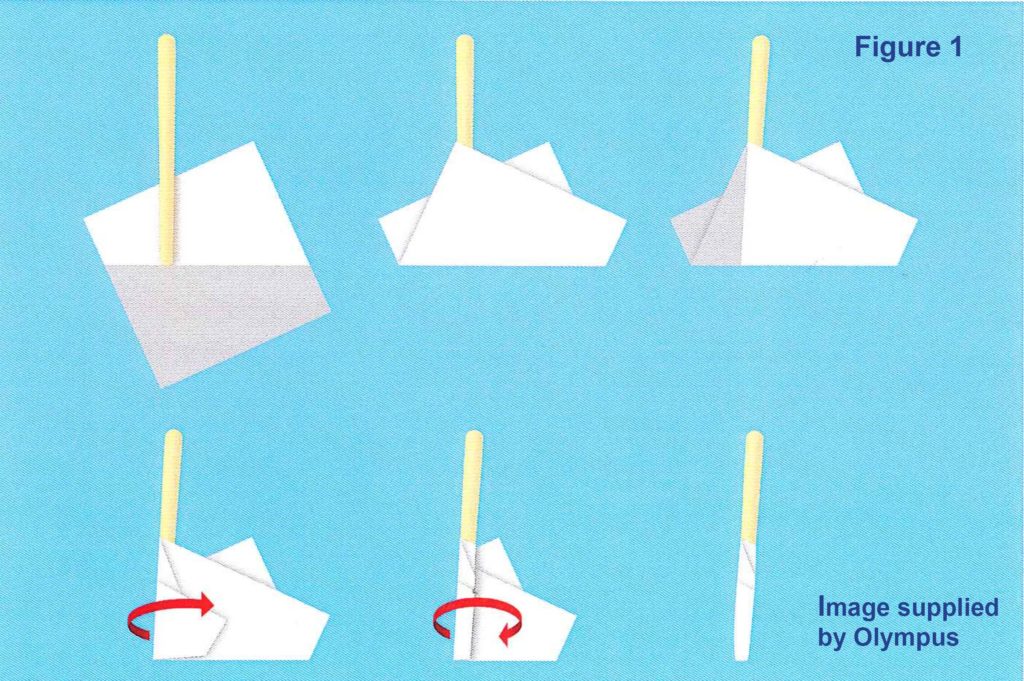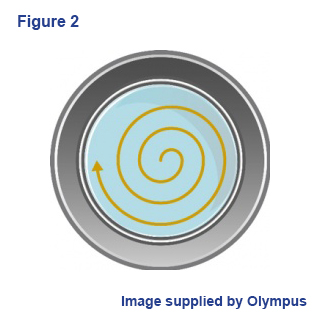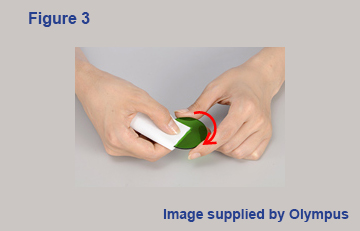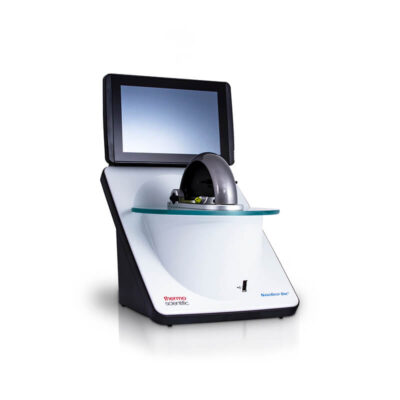How to clean your microscope and specimen slides
We teamed up with imaging experts Evident (Olympus) to bring you this guide to microscope maintenance: essential cleaning and maintenance tips for your laboratory microscopes and specimen slides, to ensure that you get the most out of your instruments.
Keeping your microscope, its optical system and specimen slides clean is crucial for ensuring good image quality, proper optical performance and reducing the risk of sample contamination.
Dirt or dust on optical glasses might be seen during observations: reducing image quality and causing areas of fog or shade. Left unchecked, dust spots on lenses, prisms, and filters can become difficult to remove and even start to mould.
It’s important to remove oil residue straight away so the microscope is ready for the next user or application and to prevent potential contamination of the next specimen. Residual oil can also trap dirt and dust reducing image quality.
In short, make microscope cleaning a habitual part of your laboratory maintenance routine.
Guide to microscope maintenance:
1) Cleaning the microscope frame
Start by removing any stains or dirt on the microscope frame with a cloth wetted with a small amount of neutral detergent.
Next, wipe clean with another piece of cloth that has been soaked in lukewarm water.
*Do not touch the lens*
*Do not use organic solvents that could damage plastic components*
To tackle any accumulated dust on painted components, wipe these areas with a cloth/tissue soaked in a cleaning mixture: 7 parts ether: 3 parts alcohol.
*Keep mixture away from plastic components*
2) How to clean the optical system
Firstly to avoid scratching the glass or coating, remove any surface dust and dirt with an air gun or blower brush.
Next, wrap a lens tissue around a bamboo stick (Figure 1). Apply a small amount of lens cleaning fluid or cleaning mixture (7 parts ether: 3 parts alcohol) to the tip of the lens tissue and gently clean the lens.

For larger lens surfaces, wipe outwards in a circular or spiral pattern (Figure 2)—wiping the dust/dirt towards the periphery. Use an eyepiece or loupe to check that no dirt/residue remains.
*Use each tissue only once*

You can use the spiral cleaning technique to tackle larger glass surfaces, such as filters (NB: not fluorescence filters).
Hold the accessory at its edges and wipe from the centre outwards in a spiral motion using two or three layers of cleaning tissues socked in cleaning mixture (as above) (Figure 3).

Alternatively, wrap the lens tissue around your index finger and use the same outward circular motion. Use the clean part of the tissue as you rotate your index finger. This technique is ideal for a large lens, surfaces of the condenser and light exit glass.
Examine the surface with a magnifying glass after cleaning. If the colour reflected from the lens is uneven, this suggests that dirt or dust contamination remains.
*Always use the clean part of the tissue as you rotate your index finger outwards*
3) How to clean specimen slides
It’s good practice to clean specimen slides before and after each use. This can be done with a soft cloth, gauze or lens tissue—without cleaning fluid. If dirt residue remains, then try breathing on the specimen before wiping.
Specimens with cover glasses:
Cleaning mixture can be used to remove oil and dirt from specimens with cover glasses. Apply a small amount of cleaning mixture to a lens tissue and wipe gently to remove residue. Repeat this process until all oil and/or dirt is removed.
*Do not use excessive cleaning mixture as it can seep underneath the cover glass*
*Oil is easier to remove when it is still wet*
Specimen slides without cover glasses:
Oil on specimen slides without a cover glass cannot be wiped off. Instead, it can be removed by soaking the slide in a xylene bath for 5 or 10 minutes.
*Oil contamination on uncovered specimens cannot be wiped off*
We hope that you find this guide to microscope maintenance helpful; please get in touch if you have any questions: enquiries@medlinescientific.co.uk.
Please contact us if your microscope requires internal cleaning or extensive cleaning; this should be done by the manufacturer.






